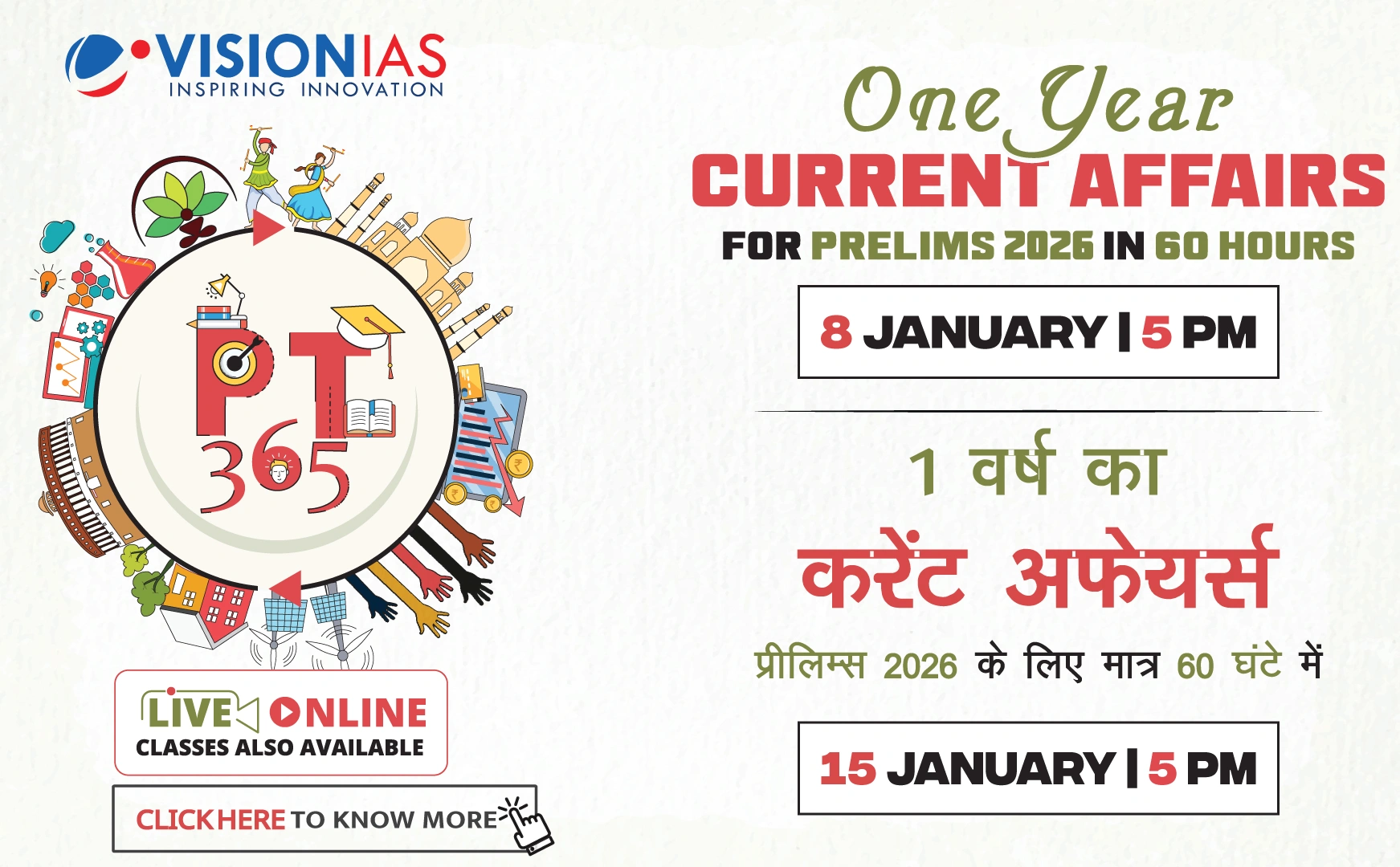Environment Protection (Management of Contaminated Sites) Rules, 2025
The Environment Ministry in India has introduced new rules to manage chemically contaminated sites, called the Environment Protection (Management of Contaminated Sites) Rules, 2025. These rules are established under the Environment Protection Act and provide a legal framework to address sites contaminated by chemicals.
Definition and Identification of Contaminated Sites
- Contaminated sites are those where hazardous and other wastes were historically dumped, leading to soil, groundwater, and surface water contamination.
- 103 contaminated sites are identified across the country, but remedial operations have begun at only seven.
Objectives and Guidelines of the New Rules
The new rules aim to legally codify the process of managing contaminated sites:
- District Administration: Required to prepare half-yearly reports on "suspected contaminated sites".
- State Board/Reference Organization:
- Examine sites and provide a preliminary assessment within 90 days.
- Conduct a detailed survey to determine if sites are contaminated, focusing on hazardous chemicals marked under the Hazardous and Other Wastes Rules 2016.
- Publicise contaminated sites and impose access restrictions if hazardous chemical levels exceed safety limits.
- Task a ‘reference organisation’ with developing a remediation plan.
- Identify and hold responsible parties accountable for contamination costs within 90 days.
Financial and Legal Responsibilities
- Those responsible for contamination must bear remediation costs.
- In cases where responsible parties are unable to pay, the Centre and State will arrange for cleanup costs.
- Criminal liabilities apply if contamination causes life loss or damage, as per the Bharatiya Nyaya Sanhita (2023).
Exclusions
These laws do not cover contamination from radioactive waste, mining operations, pollution of the sea by oil, or solid waste from dump sites, as separate legislation governs these issues.







